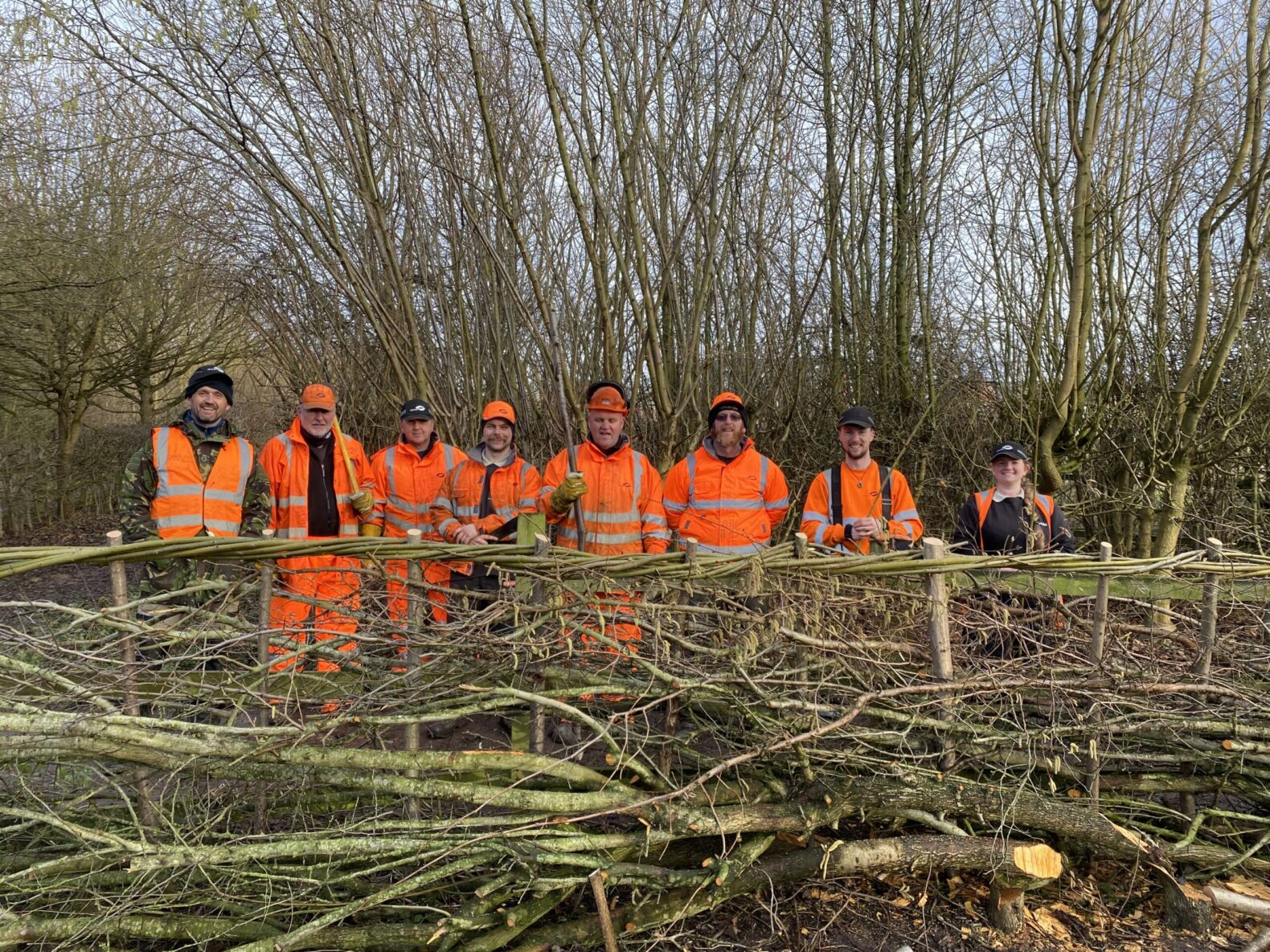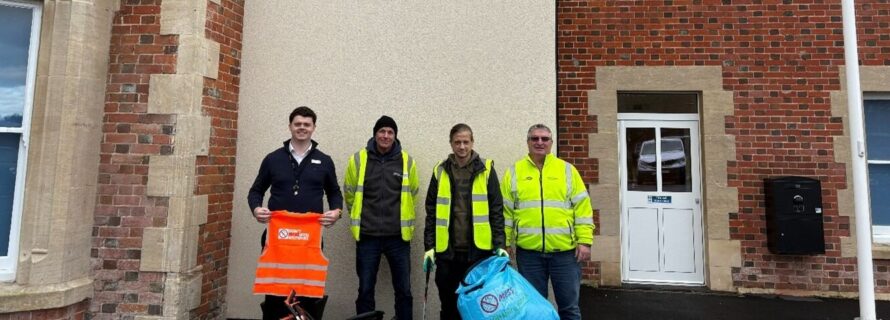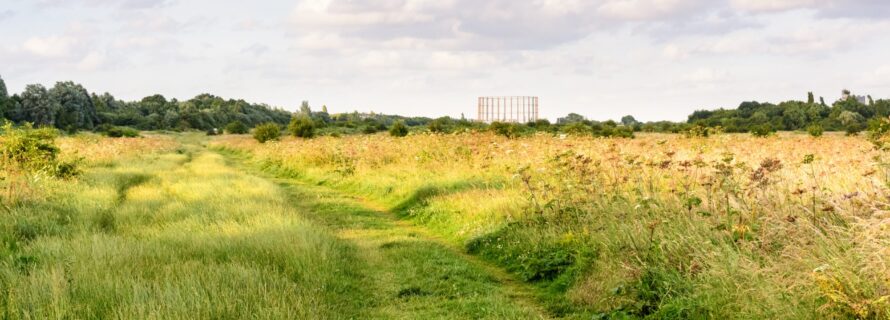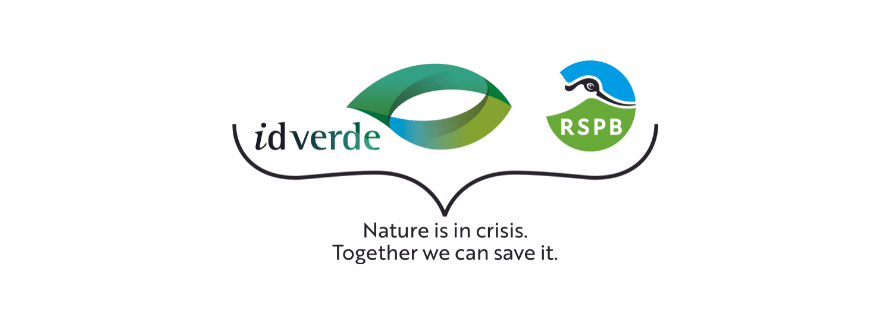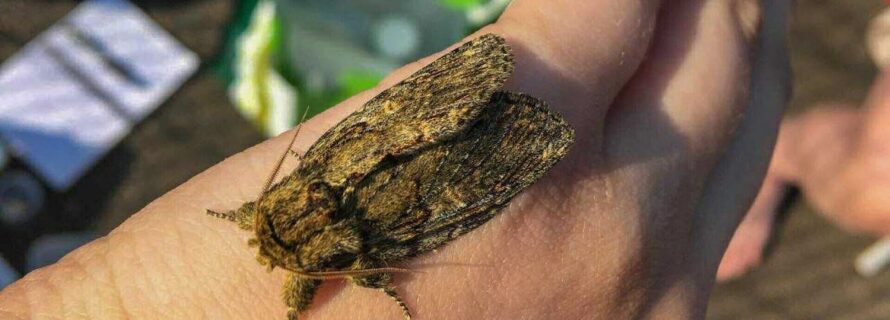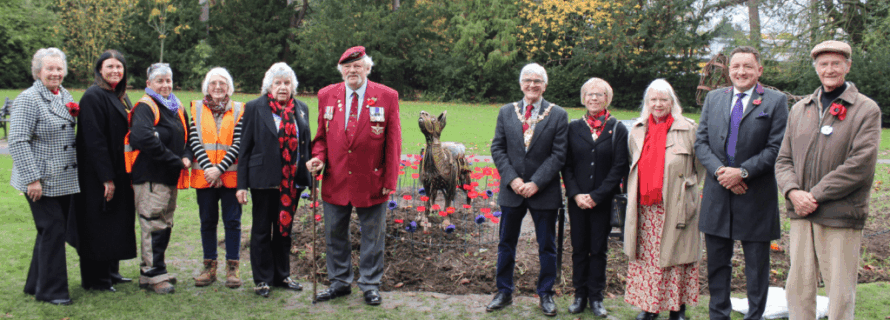The inception of hedgelaying training in the Midlands dates back to 2022, following a highly enjoyable two-day training course attended by Ross Bray, RSPB/idverde Community and Biodiversity Adviser, with the Midlands Hedgelaying Group. Recognising the benefits this ancient land management practice could bring to idverde and site-specific projects, it was just a matter of gathering suitable people and securing the confidence from various contracts.
Identifying a suitable hedgerow to be laid is not straightforward. Many hedgerows are neglected, making them difficult and time-consuming to lay with limited resources. Additionally, many idverde managed sites must consider public access and use, where laying a hedge may not always be the most popular or aesthetic management approach.
A site in Syston, near Leicester, was identified as ideal, with light public use, surrounding an area newly managed by idverde, and at the right height and age for trainee hedge-layers to practice. Fortunately, the Rangers in the idverde Charnwood contract had an array of tools to complete the training and project without incurring significant costs. Once the training days were promoted to Midlands contracts, there was a good uptake, with four operatives attending along with all four Ranger team members.
Despite poor weather forecasts, the two days were pleasant, allowing continuous work to master the terminology, styles, and practical elements of successful hedgelaying. Kate McVay, the RSPB/idverde adviser for Wormwood Scrubs, London, joined the sessions. Kate had already led training days at the ‘Scrubs’ and achieved a commendable 450 meters of hedgelaying since 2023. Her knowledge and skills enriched the sessions, enabling idverde’s staff to absorb best practices.
The hedgerow, mainly Hawthorn with some Blackthorn and Cherry Blackthorn, had relatively thin stems, making it manageable for the team. Everyone learned the art of successful ‘pleaching’ (precisely chopping into the stem to bend it at approximately 30 degrees) using various regional bill hooks.
Attendees learned to estimate a hedge for species and obstacles step-by-step. They were introduced to several UK hedgelaying styles and the tools used to safely and effectively complete the job. Work progressed quickly, and as teams saw progress, there was a real sense of achievement and learning.
The 22 meters of hedge laid included Midlands-style weaving using lengths of willow twisted around each other. The weaving provided a delicate touch compared to the strong-armed work of cutting, pruning, pleaching, and laying prickly hedge stems. Teams took turns to side-up and prune the hedge in advance, while others cut and pointed stakes to hold the stems in place.
Over the two days, several members of the public observed and commented positively on the hedge, with some taking pictures. Three curious chickens from a nearby garden even joined the team briefly before being returned to their owner!
The training’s success was evident as idverde staff took skills away to apply directly to their contracts. These skills will hopefully be passed on to their teams and inspire clients, leading to more hedgerows being laid across idverde’s contracts.

